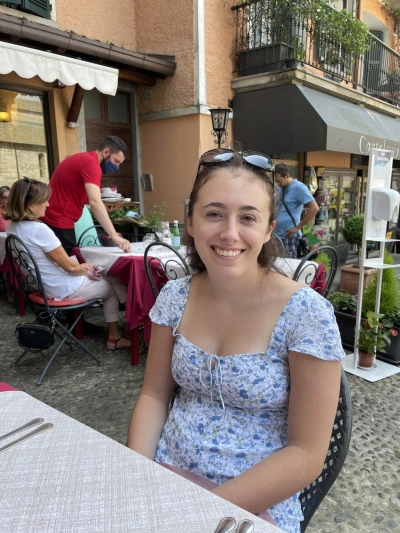Their regular grazing supports the regeneration of heather as they eat birch, gorse and grasses.
These cattle, similar to the livestock that grazed on the Common for hundreds of years, are vital to ensuring there remains a balance between woodland and heathland. The protection of the heathland is crucial, as although it may not seem like much, the heather is home to an array of wildlife - including the endangered, ground-nesting Dartford Warbler.
Without them, the heather would be outcompeted by other fauna, and we would lose even more of this important habitat.
I have walked in the heathland where they graze more times than I can count, and they are such a beautiful addition to the landscape. Each spring, seeing their curious young is a sign that the flowers will soon bloom again, and the days will (hopefully) become warmer.
My Labrador, Freddie, took quite a while to get used to them. But as his puppy fascination faded, and grey began to speckle his muzzle, he came to view them as close to friends as labradors and cows can be. And when I say that, I mean he gives them as wide a birth as physically possible.
These cattle will watch you as you watch them, assessing you with their wide eyes, chewing mindlessly as they do so - unaware that they are helping save a habitat that, in the last 100 years, has dropped by 80%.
If you do find yourself over on Horsell Common, please follow Freddie’s example, and give these cows the respect and distance they deserve.

Amelia Finn
Their regular grazing supports the regeneration of heather as they eat birch, gorse and grasses.
These cattle, similar to the livestock that grazed on the Common for hundreds of years, are vital to ensuring there remains a balance between woodland and heathland. The protection of the heathland is crucial, as although it may not seem like much, the heather is home to an array of wildlife - including the endangered, ground-nesting Dartford Warbler.
Without them, the heather would be outcompeted by other fauna, and we would lose even more of this important habitat.
I have walked in the heathland where they graze more times than I can count, and they are such a beautiful addition to the landscape. Each spring, seeing their curious young is a sign that the flowers will soon bloom again, and the days will (hopefully) become warmer.
My Labrador, Freddie, took quite a while to get used to them. But as his puppy fascination faded, and grey began to speckle his muzzle, he came to view them as close to friends as labradors and cows can be. And when I say that, I mean he gives them as wide a birth as physically possible.
These cattle will watch you as you watch them, assessing you with their wide eyes, chewing mindlessly as they do so - unaware that they are helping save a habitat that, in the last 100 years, has dropped by 80%.
If you do find yourself over on Horsell Common, please follow Freddie’s example, and give these cows the respect and distance they deserve.
You might like...

Saving Forty Spotted Pardalote chicks from blood-sucking maggots!
A critical problem for Forty Spotted Pardalotes breeding is a native fly which lays its eggs inside their nests. When the eggs hatch, the maggots come out and burrow under the skin of the 40-Spotted Pardalote nestlings and suck their blood. But a unique conservation project might have found a solution

Bruny Island: Critical habitat site for birds
Bruny Island is one of the most important habitat sites for a number of threatened species. It is a refuge area, like many islands around Australia and across the world. Bruny Island contains the most important breeding habitat for the Swift Parrot

Birds of Gilgit-Baltistan
A wonderfully descriptive and useful field guide to the more than 350 birds that frequent Gilgit-Baltistan in Northern Pakistan

The exceptional, wild Ningaloo
For writer Tim Winton, it's no secret the World Heritage-listed Ningaloo coast in his native WA is a place he feels intrinsically linked to, and duty-bound to protect. Here, he describes the power of eco-tourism over big industry and why we should leave our wild special places as we find them.
Newsletter
Sign up to keep in touch with articles, updates, events or news from Kuno, your platform for nature
